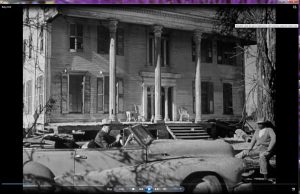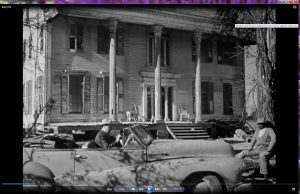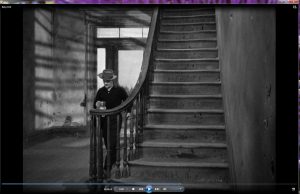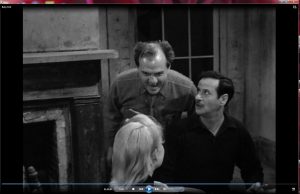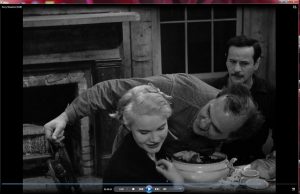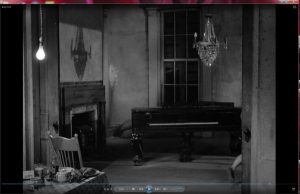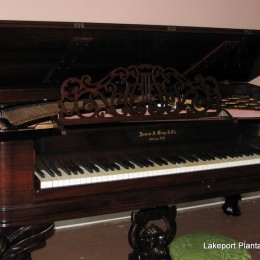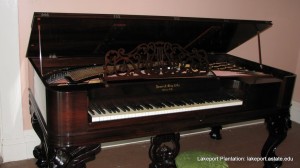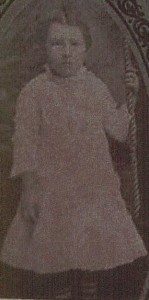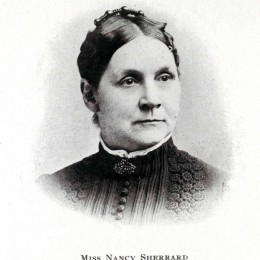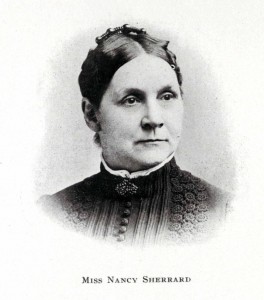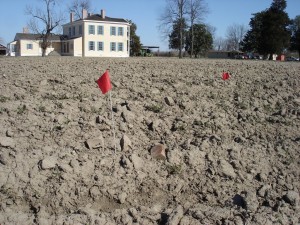Laura (Lollie) P. Starling (1854-1946)
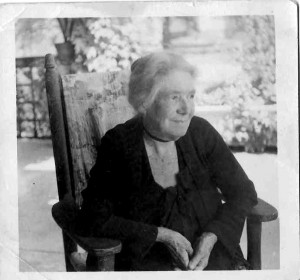 |
|
Lollie Starling, ca. 1930. Photo Courtesy Margaret Hink Starling, Sherwood Park, Alberta, Canada.
|
A very large parlor and family dining room were on the left side of the hall. Cave’s father made the punkah (swinging fly brush used over the dining room table). The parlor had beautiful brasses and a very handsome velvet carpet, Aubusson, I think–that Mrs. Johnson’s mother-in-law had used fifty years, then given it to Mrs. Johnson and she used it fifty years.
Update 12/11/12: Lollie may have remembered an Aubusson, but they are delicate carpets that would not be fitted to a room or tacked down. Therefore, the tack marks in the South Parlor at Lakeport would have been for a fitted carpet such as a Wilton (cut pile) or Brussels (loop pile).
Lollie also makes the only known reference to a “punkah” in Lakeport’s dining room. You can still see “the swinging fly brush” at many antebellum homes in Natchez. Lakeport’s punkah is gone, but evidence of its installation was found in the ceiling during restoration.]

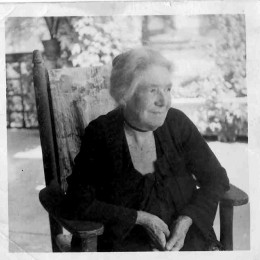
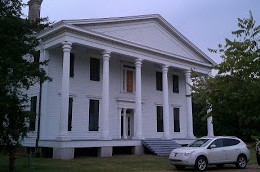


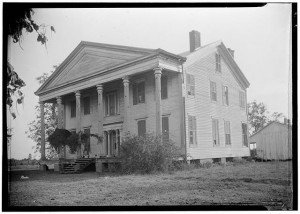 in 1936 as the “
in 1936 as the “